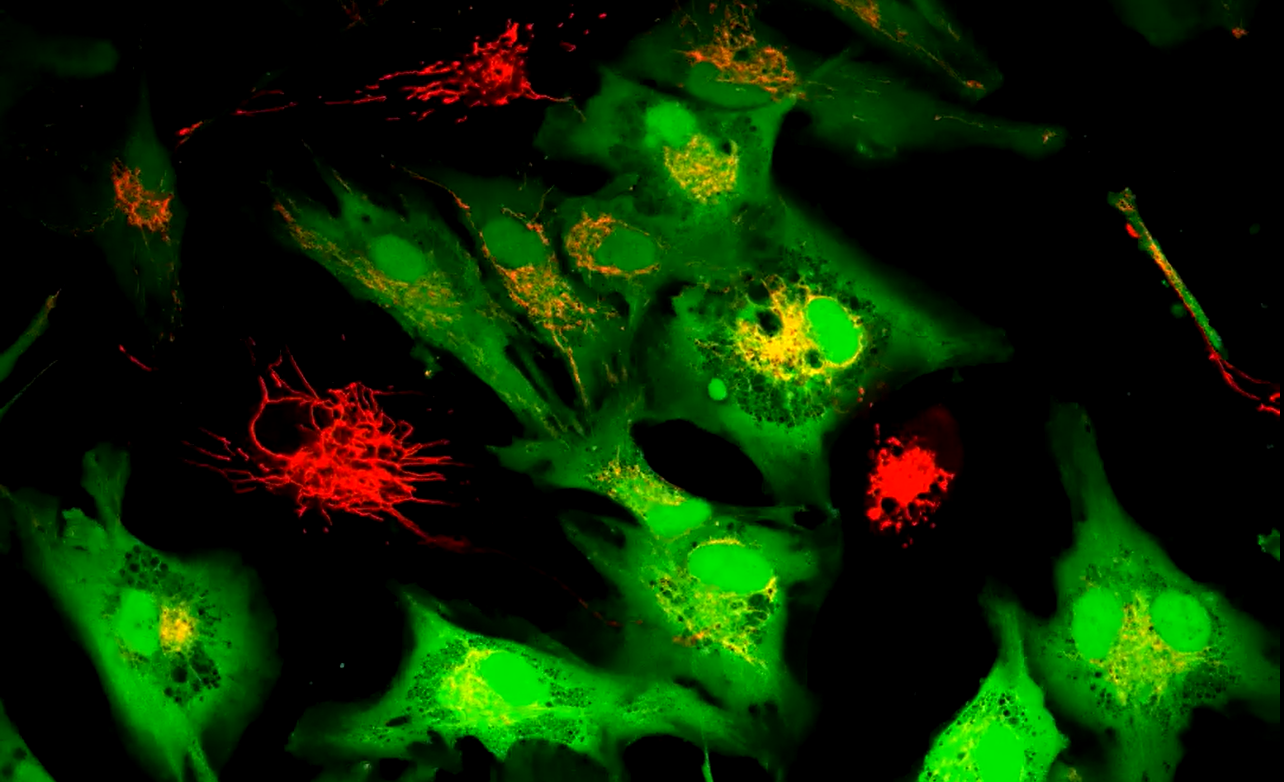After 2000 years scientists still don’t know how tickling works
Scientists are now taking tickling seriously. From autism research to robotics, this playful act is offering deep insights into the brain.

Tickling offers clues to brain development, touch, and autism. Scientists explore its mystery from childhood to machines. (CREDIT: Monkey Business Images / Shutterstock)
Tickling may seem like child's play, but scientists are beginning to see it as something much deeper—a complex puzzle tied to human touch, laughter, and brain development. The sensation of being tickled, known in scientific terms as gargalesis, is as old as civilization. For thousands of years, great thinkers like Socrates, Aristotle, and Darwin puzzled over it. But despite their curiosity, real progress in understanding how and why tickling works has been surprisingly slow.
A Familiar Sensation, an Unknown Science
Almost everyone knows the ticklish feeling that leads to giggles and squirming. It’s something you’ve likely experienced from family, friends, or even pets. Some people enjoy it; others hate it. Some laugh uncontrollably while others barely react. But scientists still don’t fully understand what makes one person more ticklish than another—or why some parts of the body react more than others.
The oddest part? You can’t tickle yourself. Neuroscientist Konstantina Kilteni from Radboud University Nijmegen, who researches this mystery at her lab, says that’s because your brain predicts the sensation and turns off your tickle response in advance. “Apparently, our brain distinguishes ourselves from others,” she explains. “Because we know when and where we are going to tickle ourselves, the brain can switch off the tickling reflex in advance.”
Despite how common tickling is, Kilteni points out that it's "relatively under-researched." She believes the sensation offers insights into far more than just laughter. It connects to social bonding, motor control, brain development, and even how the body understands itself.
Tickling as a Developmental Trigger
From a neuroscience perspective, tickling shows up very early in life. Even infants just a few months old respond with laughter and movement when tickled. These reactions help form social bonds between parents and children. Kilteni notes that different babies and toddlers respond in unique ways, and their reactions shift as their nervous systems grow.
In some children, tickling behavior may even hint at developmental differences. For instance, babies with certain neurodevelopmental conditions like autism spectrum disorder often react more intensely to being touched. In past studies, children with autism reported touch as more ticklish than those without the condition. These results suggest that how someone processes a tickle might reflect deeper brain differences.
Related Stories
Because of this, tickling could someday play a role in early screening tools. It might help scientists and doctors understand sensory issues in children and improve early detection of conditions like autism.
The Evolutionary and Animal Connection
Tickling isn't just a human experience. Apes—including bonobos, gorillas, and orangutans—also laugh when tickled. Some researchers have even found laughter-like sounds in rats when gently touched by humans. These animals produce high-pitched 50-kilohertz squeaks that seem tied to joy or play, much like laughter in people.
These responses suggest that tickling serves some evolutionary role. But what is it? Why would natural selection favor this odd behavior? Some scientists believe tickling helps with social bonding or teaches young animals how to defend vulnerable body parts. Others think it's just a playful expression of trust and closeness. Whatever the reason, the behavior spans across species, adding weight to the idea that it’s more than just a quirk of the human body.
Why Can’t You Tick Yourself?
A key feature of tickling is that it almost always has to come from someone—or something—else. If you try to tickle your own foot or armpit, nothing really happens. Neuroscientists say this is because your brain cancels out predictable sensations. It knows what you're about to do and weakens the sensation in advance.
Kilteni explains that this prediction and cancellation system could help the brain focus on important external stimuli. Other studies show that this effect also shows up in people with certain mental health conditions. For example, those who hear voices or experience passivity—the sense that someone else is controlling their actions—may not distinguish between self-tickling and external touch. In fact, people with high schizotypal traits often feel their own touches as just as ticklish as someone else's.
This raises a big question: could tickling research help us understand how the brain separates self from others? Kilteni believes the answer is yes—and that’s why it deserves more attention from neuroscientists.
Defining and Studying Ticklishness
One challenge in studying tickling is defining what it actually is. A light stroke with a feather feels very different from someone jabbing your ribs with their fingers. Yet both are often called "tickling." This lack of clarity makes it hard to compare studies or design experiments that produce reliable results.
To address this, Kilteni developed a controlled setup in her lab. Volunteers place their feet through holes in a plate while a mechanical stick tickles their soles in exactly the same way every time. This allows her team to record not only how the brain responds, but also how the body reacts—through laughter, changes in heart rate, sweating, and breathing.
“By incorporating this method of tickling into a proper experiment,” she says, “we can take tickling research seriously. Not only will we be able to truly understand tickling, but also our brains.”
The Social Side of Tickling
Tickling is usually something done in safe, familiar relationships. Most people wouldn’t feel comfortable being tickled by a stranger. Some researchers believe this reflects the deep social roots of the sensation. Tickling can signal playfulness, trust, or even affection. Parents often tickle babies as a form of bonding. Friends and siblings might do it as a game.
But not everyone agrees that tickling always has social meaning. Some scientists argue that the response is more of a reflex than a social behavior. In their view, it doesn’t matter whether the tickle comes from a friend or a machine—your body may react the same way.
New studies are exploring this question with robots and wearable devices. Haptic technology now allows machines to simulate touch and even cause emotional reactions like laughter. Tools like vibrating slippers, tickling insoles, and tactile wristbands are being designed not only to entertain but to study human touch and connection.
Looking Ahead
Despite the questions philosophers have asked for centuries, modern neuroscience is only beginning to understand tickling. Kilteni and her team hope that with better experiments, clearer definitions, and the use of technology, the mystery of gargalesis can finally be solved.
For now, tickling remains one of science’s most playful, puzzling, and promising sensations. It opens a window into how we feel, move, and relate to each other—and reminds us that even the lightest touch can reveal deep truths about the brain.
Research findings are available online in the journal Science Advances.
Note: The article above provided above by The Brighter Side of News.
Like these kind of feel good stories? Get The Brighter Side of News' newsletter.



